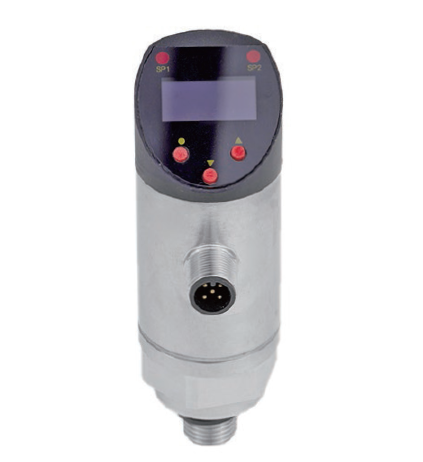Views: 50 Author: Site Editor Publish Time: 2025-06-25 Origin: Site








How to select a suitable pressure transmitter is a difficult decision, before making a decision, we need to know types of pressure transmitters and their working principles.
Here are some tips for you.
1. By Pressure Measurement Type
- Absolute Pressure Transmitters
- Measure pressure relative to perfect vacuum (0 psi reference)
- Applications: Altimeters, vacuum systems, meteorological equipment
- Measure pressure relative to atmospheric pressure
- Applications: Industrial processes, HVAC systems, tire pressure
- Differential Pressure (DP) Transmitters
- Measure difference between two pressures
- Applications: Flow measurement, filter monitoring, liquid level
- Sealed Gauge Pressure Transmitters
- Measure pressure relative to a fixed reference (not ambient)
- Applications: Submarine depth, high-pressure systems


2. By Sensing Technology
- Strain Gauge Transmitters
- Use bonded or thin-film strain gauges on a diaphragm
- Pros: Good accuracy, wide pressure range
- Cons: Temperature sensitive
- Piezoresistive Pressure Transmitters
- How it works: Uses silicon-based resistors that change resistance under pressure.
-Types:
- Ceramic Piezoresistive Pressure Transmitters
- Diffused Silicon Oil Piezoresistive Pressure Transmitters
- Features:
- High sensitivity, compact size.
- Affected by temperature variations.
- Applications: Blood pressure monitors, automotive MAP sensors, industrial automation.
- Capacitive Transmitters
- Measure capacitances change between diaphragm and fixed plate
- Pros: Excellent for low pressures, high stability
- Cons: Sensitive to vibration
- Generate charge when pressure is applied to crystal
- Pros: Fast response to dynamic pressure
- Cons: Not for static pressure


3. By Output Signal
-Analog Output (4-20mA, 0-10V)
- Most common industrial standard (4-20mA with HART)
- Simple, robust for long-distance transmission
- Digital Output
- Fieldbus (Foundation Fieldbus, Profibus PA)
- Wireless (Wireless HART, ISA100)
- Smart protocols with diagnostics


4. By Application/Design
- General Purpose
- Standard industrial models
- Ranges from vacuum to 10,000+ psi
- Sanitary/Hygienic
- Tri-clamp or flush diaphragm designs
- For food, pharma, biotechnology
- High Temperature
- Remote seal designs
- For steam, hot oils (>200°C)
- Submersible
- Waterproof construction
- For liquid level measurement
- Explosion Proof
- Intrinsically safe or flameproof
- For hazardous areas (ATEX, IECEx)


5. Performance Class
- Standard Accuracy (±0.5% FS)
- High Accuracy (±0.1% FS or better)
- Reference Grade (Laboratory standards)

6. Specialized Types
- Multivariable Transmitters
- Measure DP + static pressure + temperature
- For advanced flow computation
- Smart/Intelligent Transmitters
- With self-diagnostics, digital communication
- Predictive maintenance capabilities
- Compact/Inline Transmitters
- Direct pipe mounting
- Space-saving designs

Key selection factors include pressure range, process media compatibility, temperature limits, accuracy requirements, and industry certifications (ASME, SIL, etc.). Modern transmitters increasingly incorporate IoT connectivity for Industry 4.0 applications.